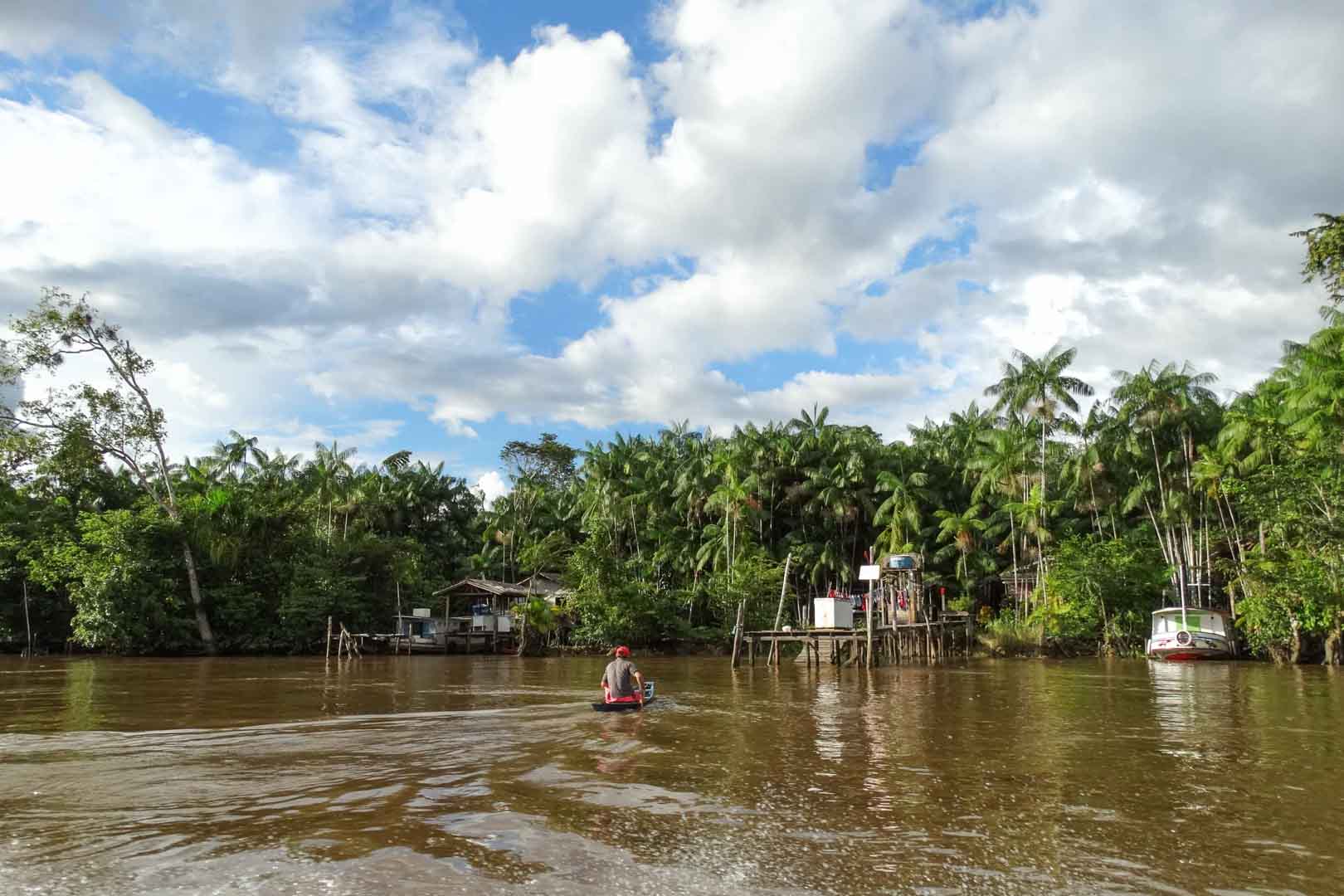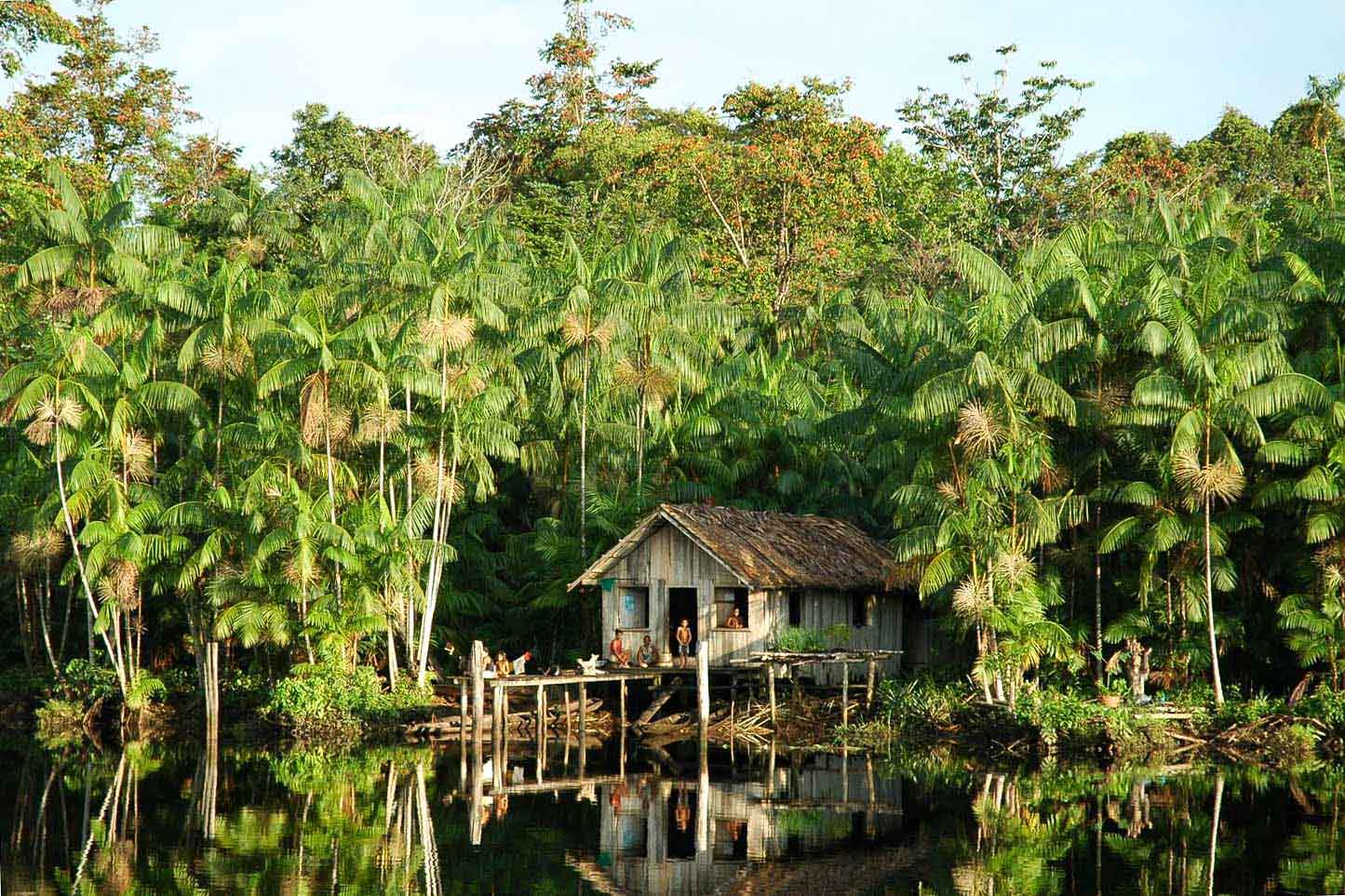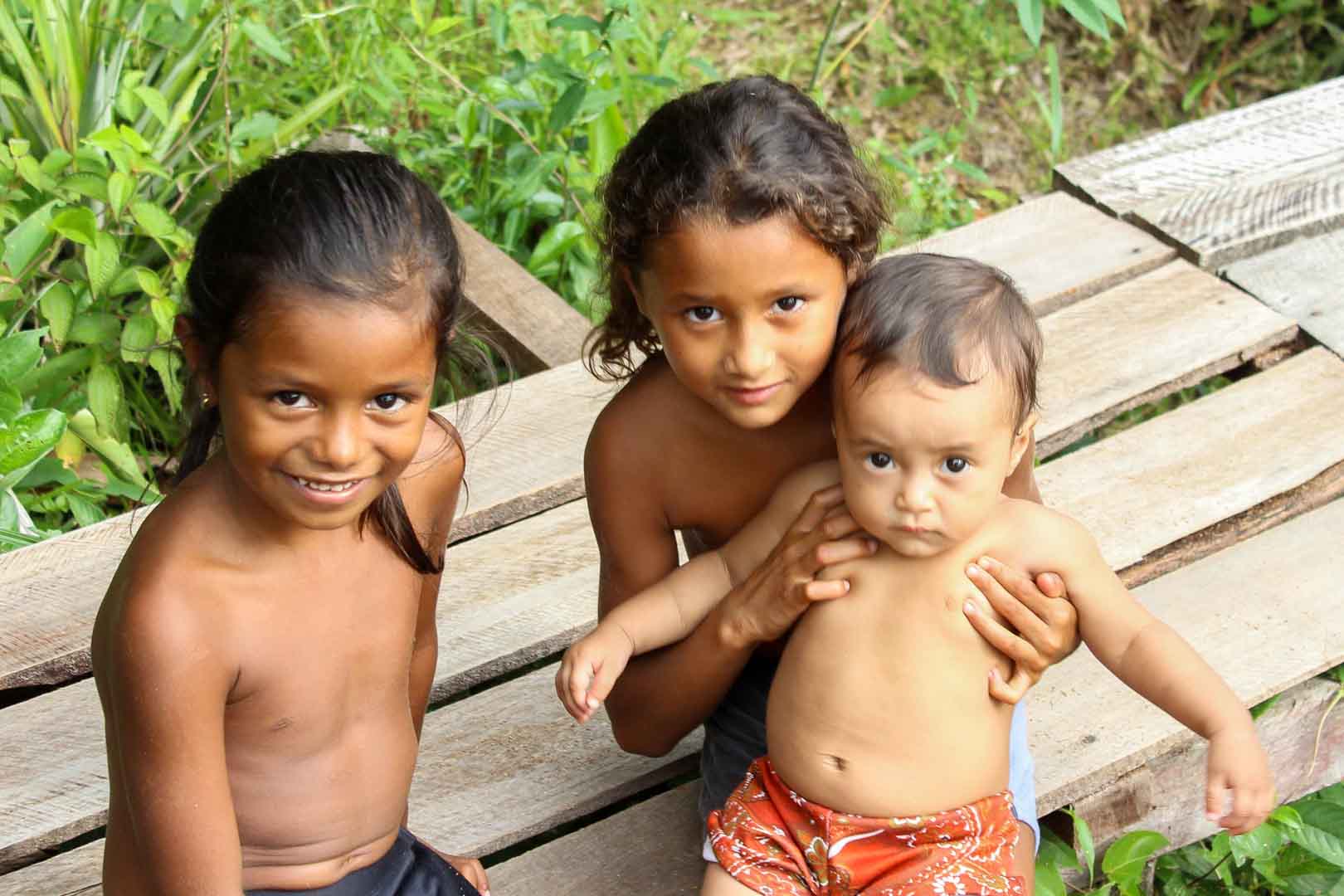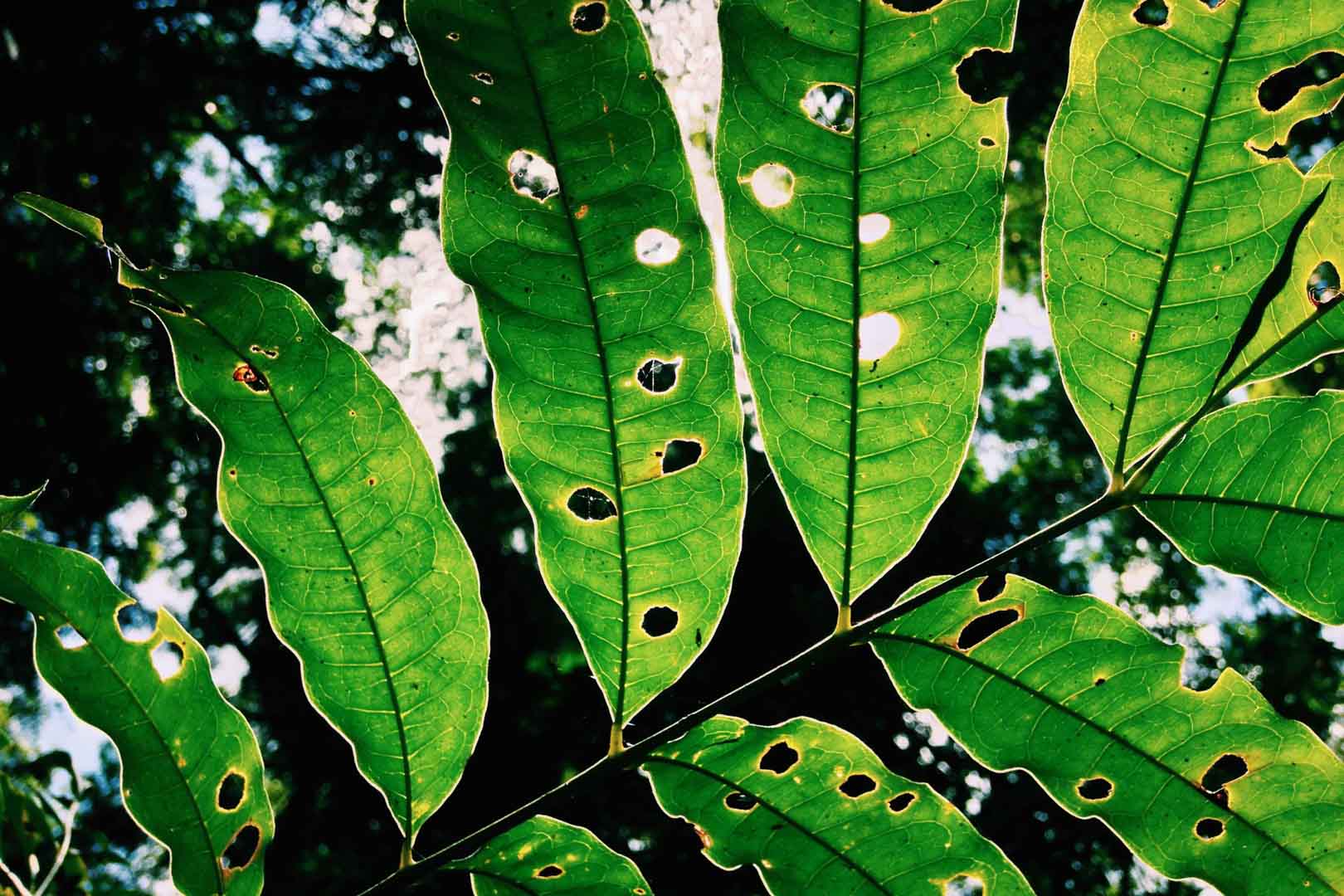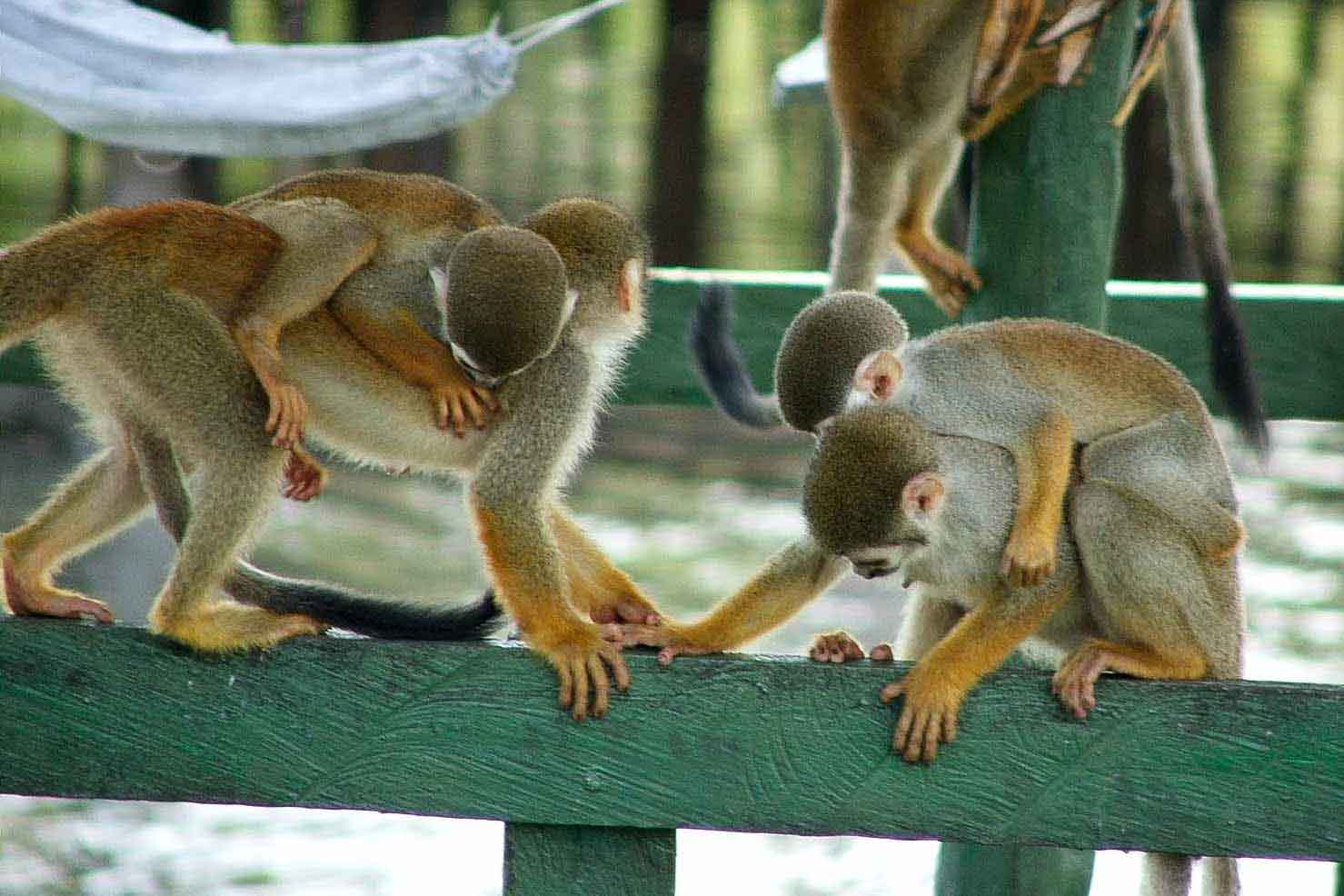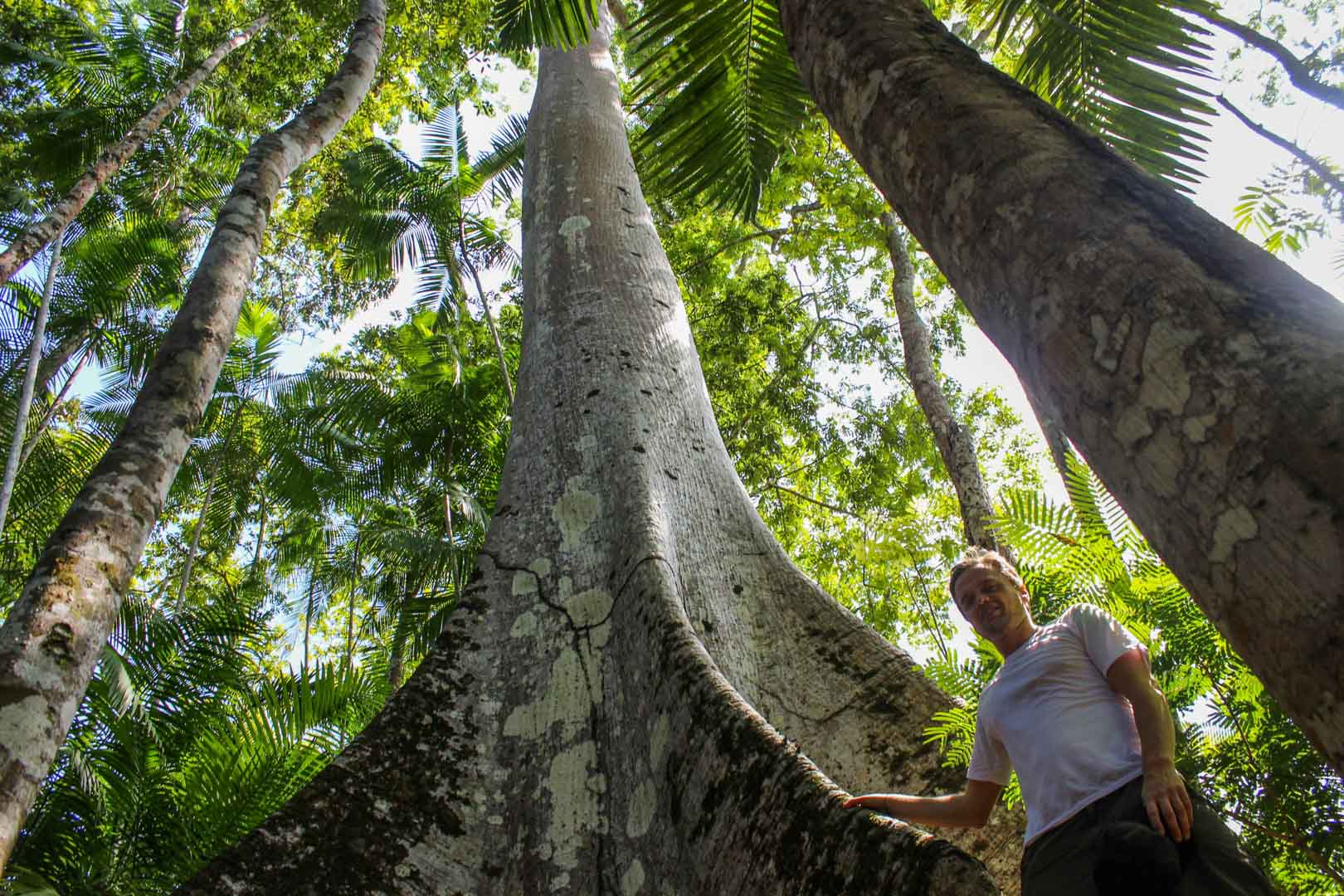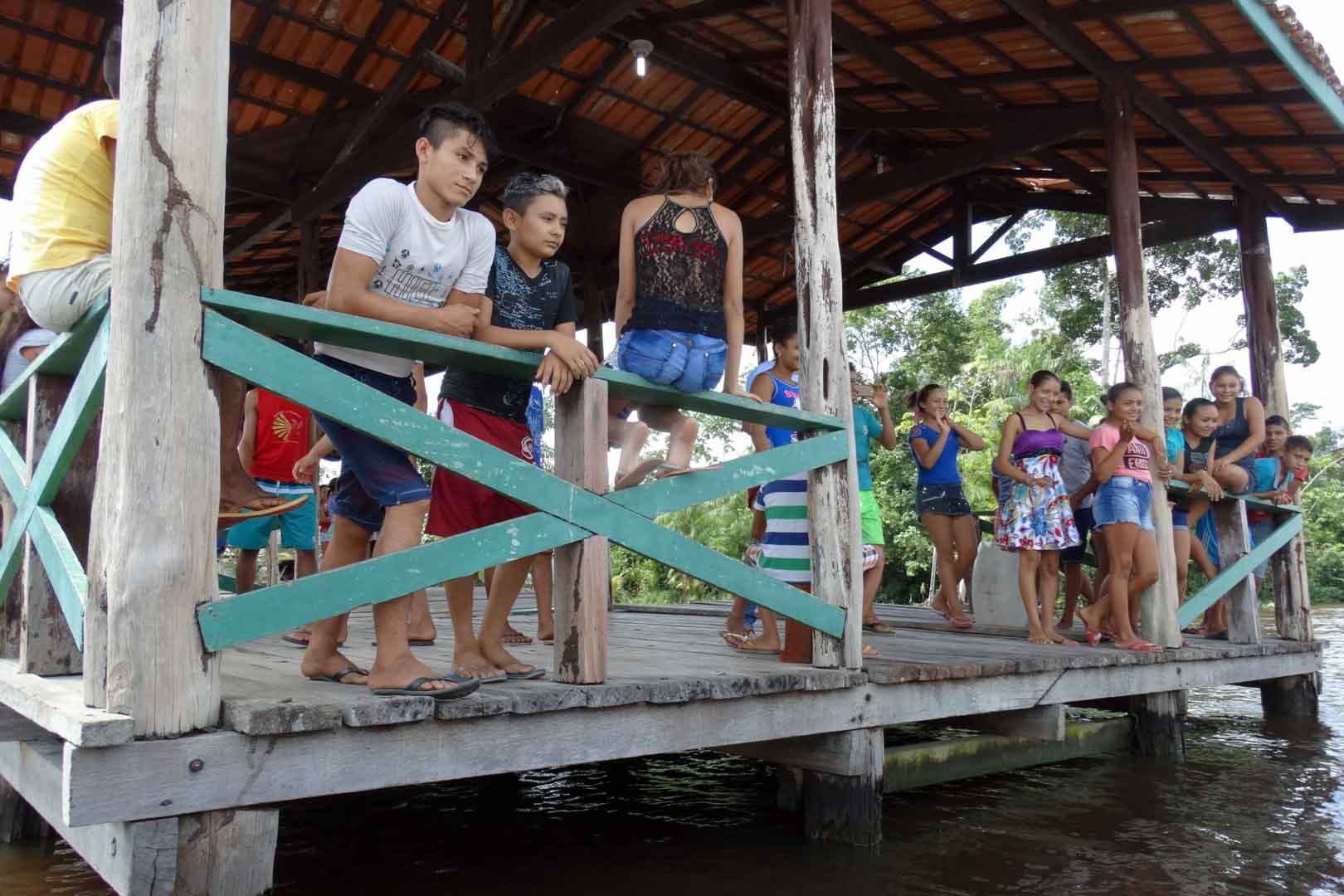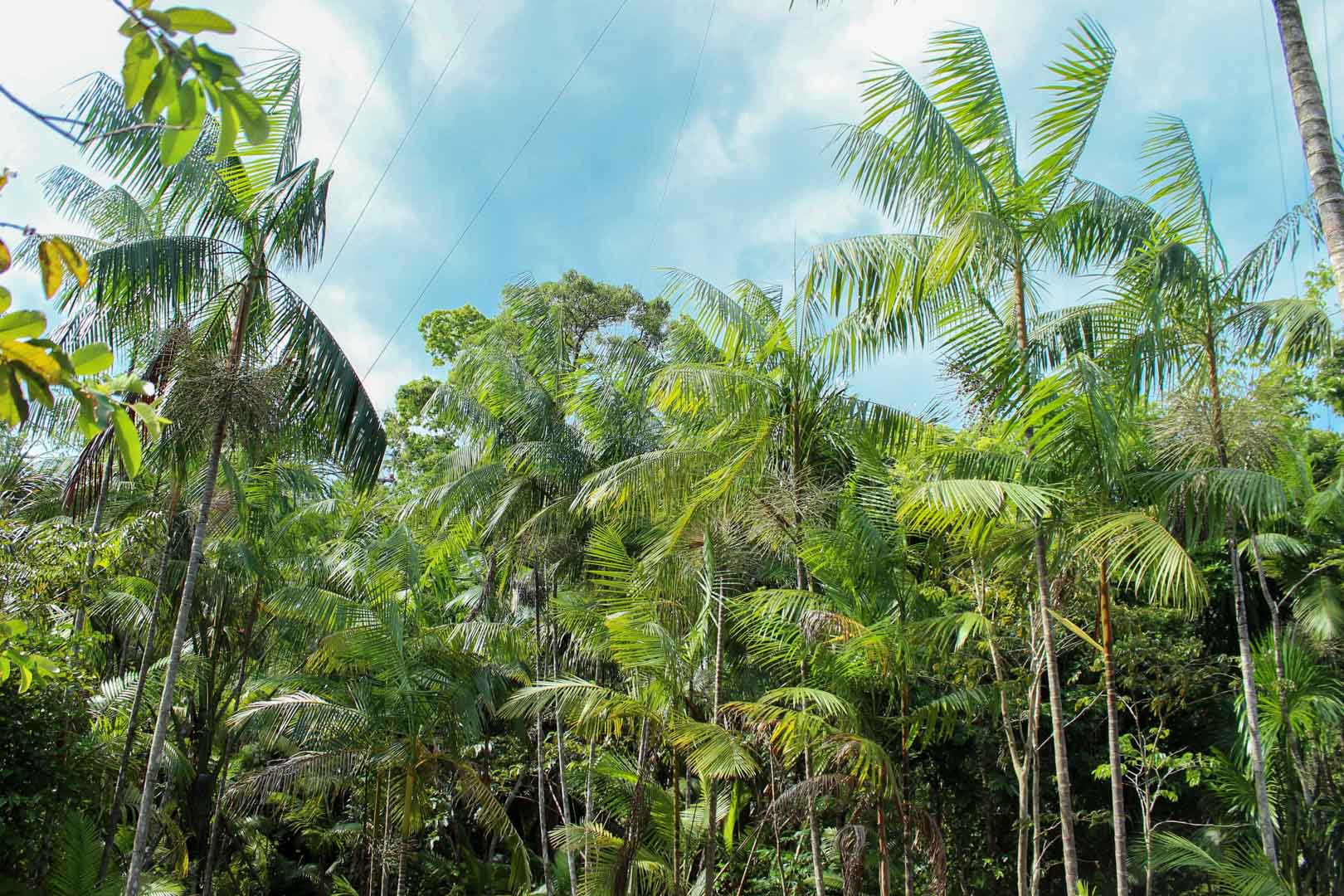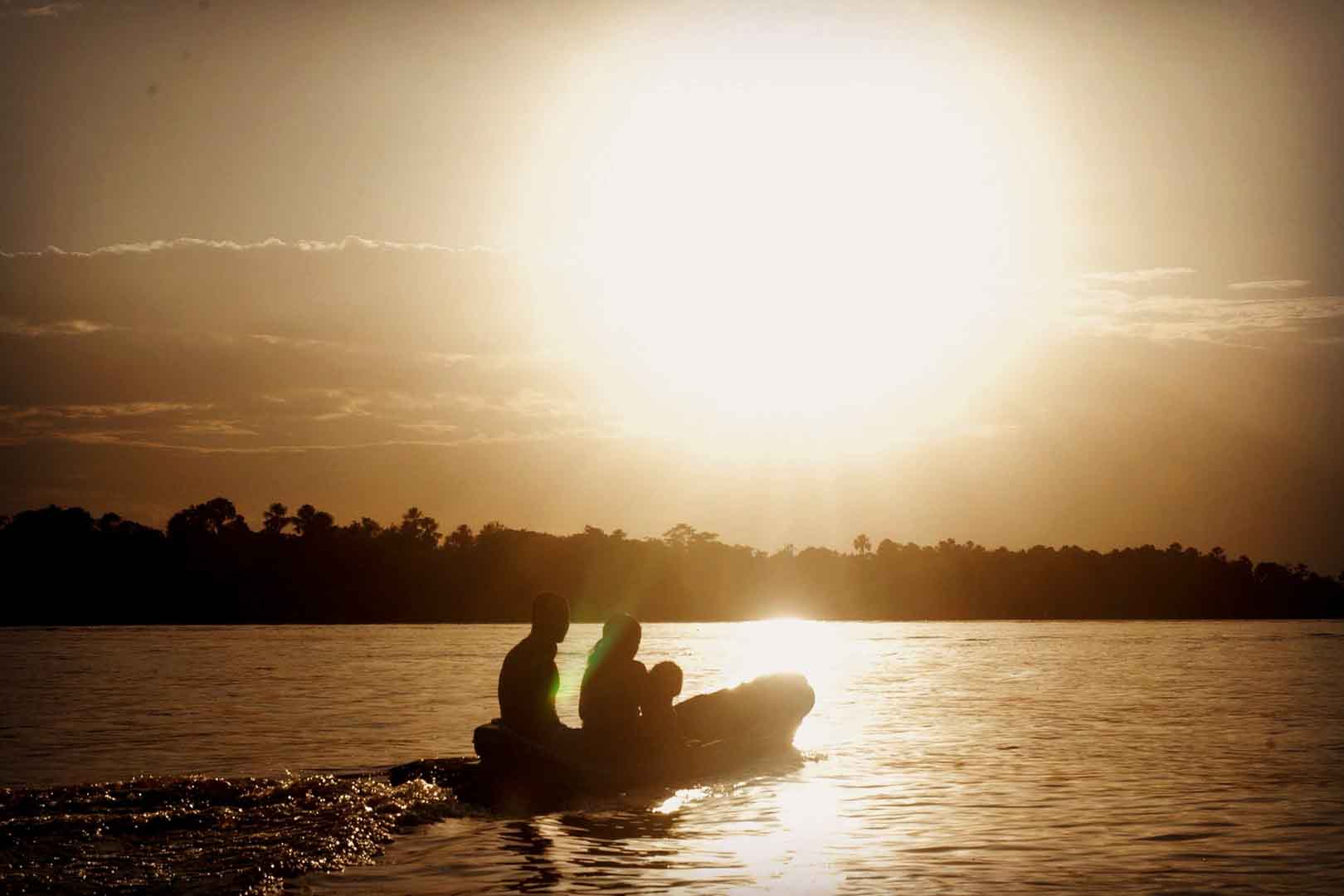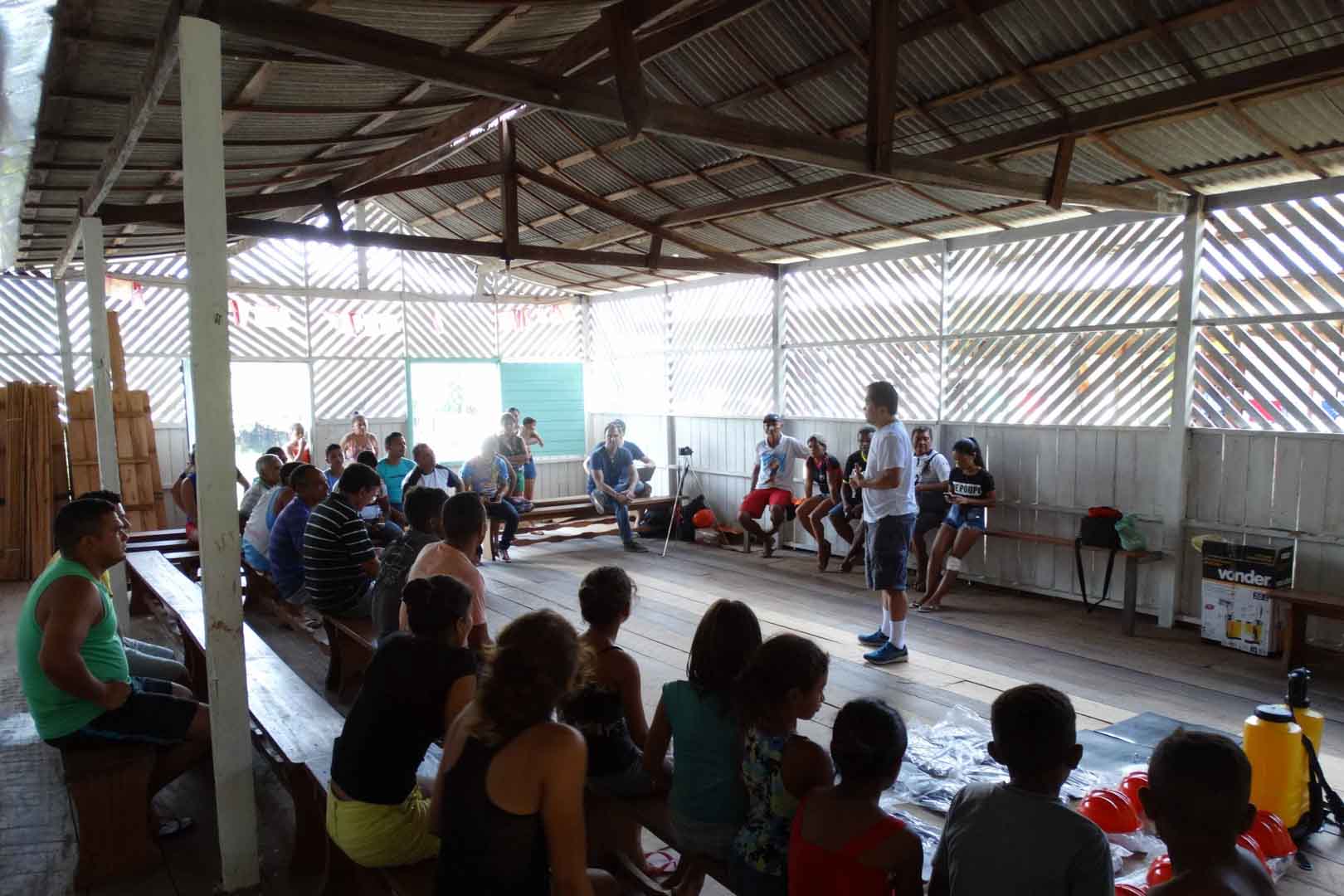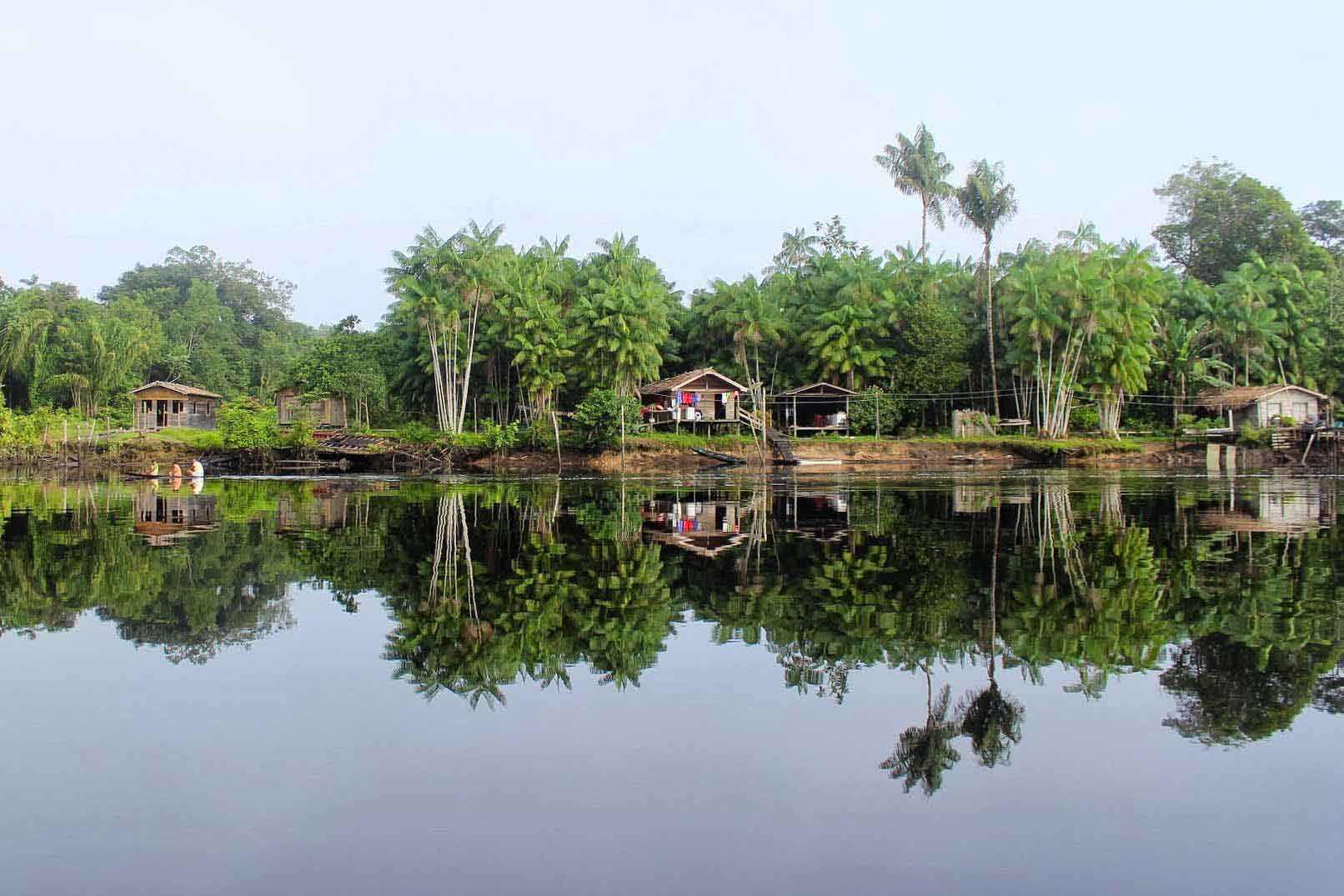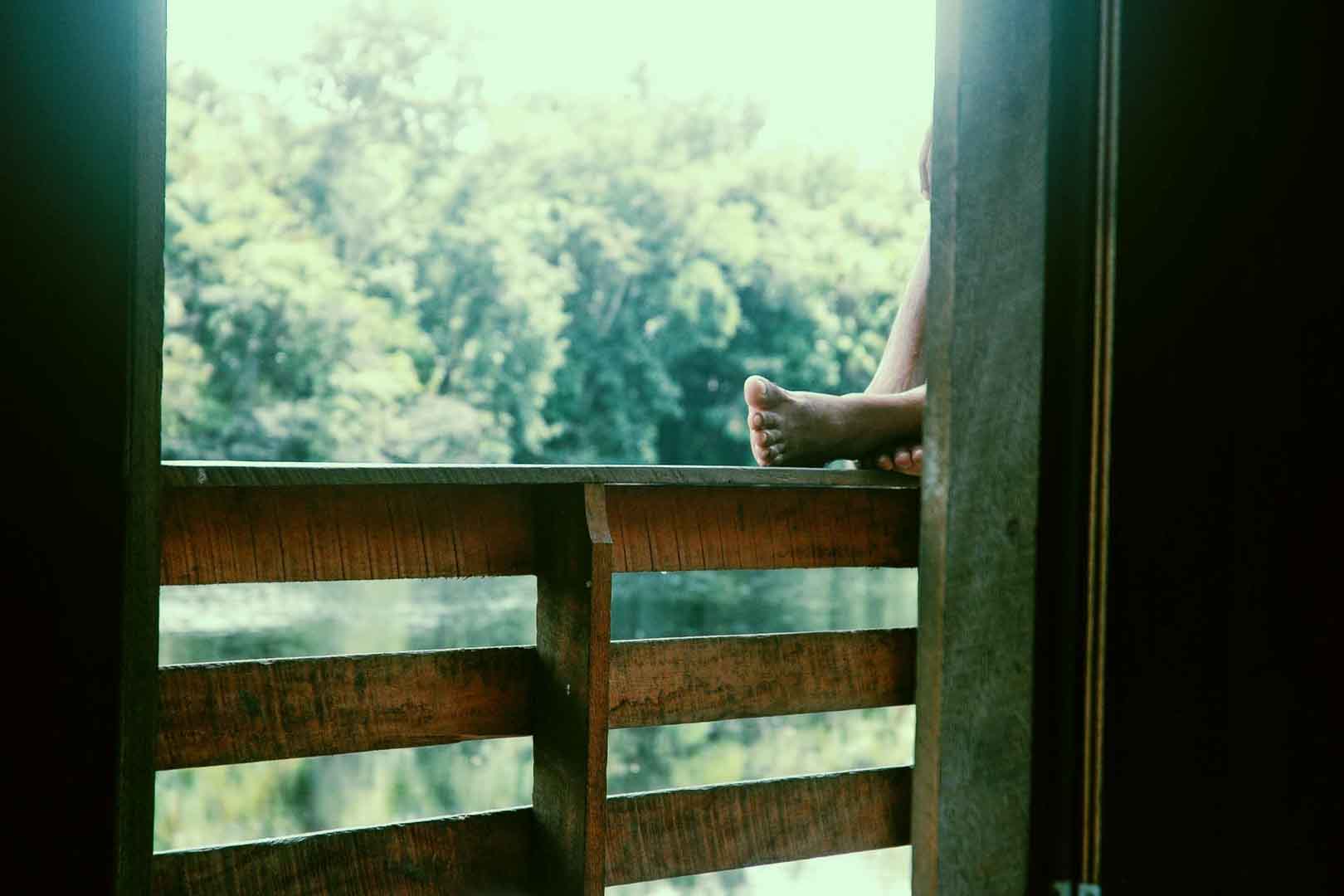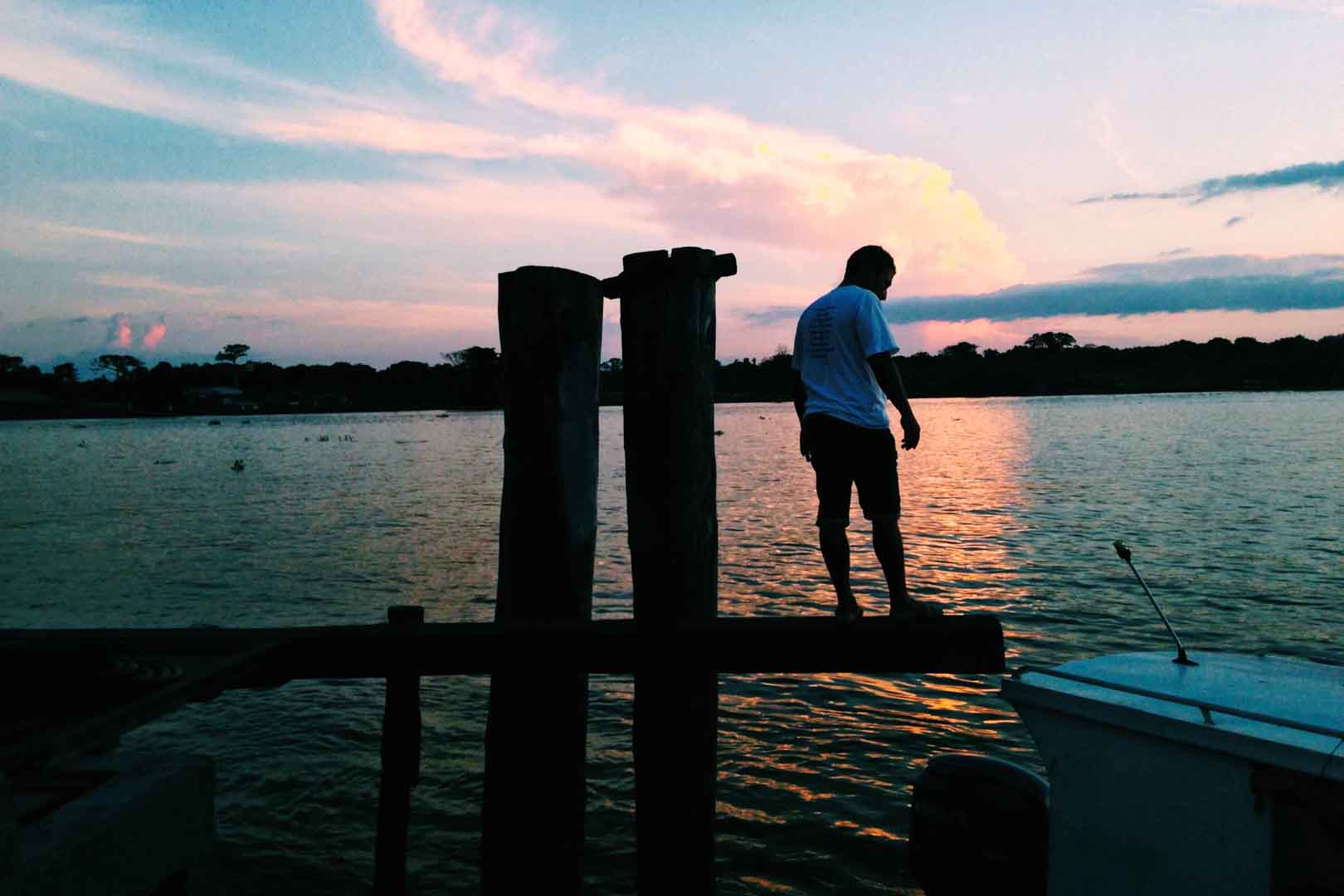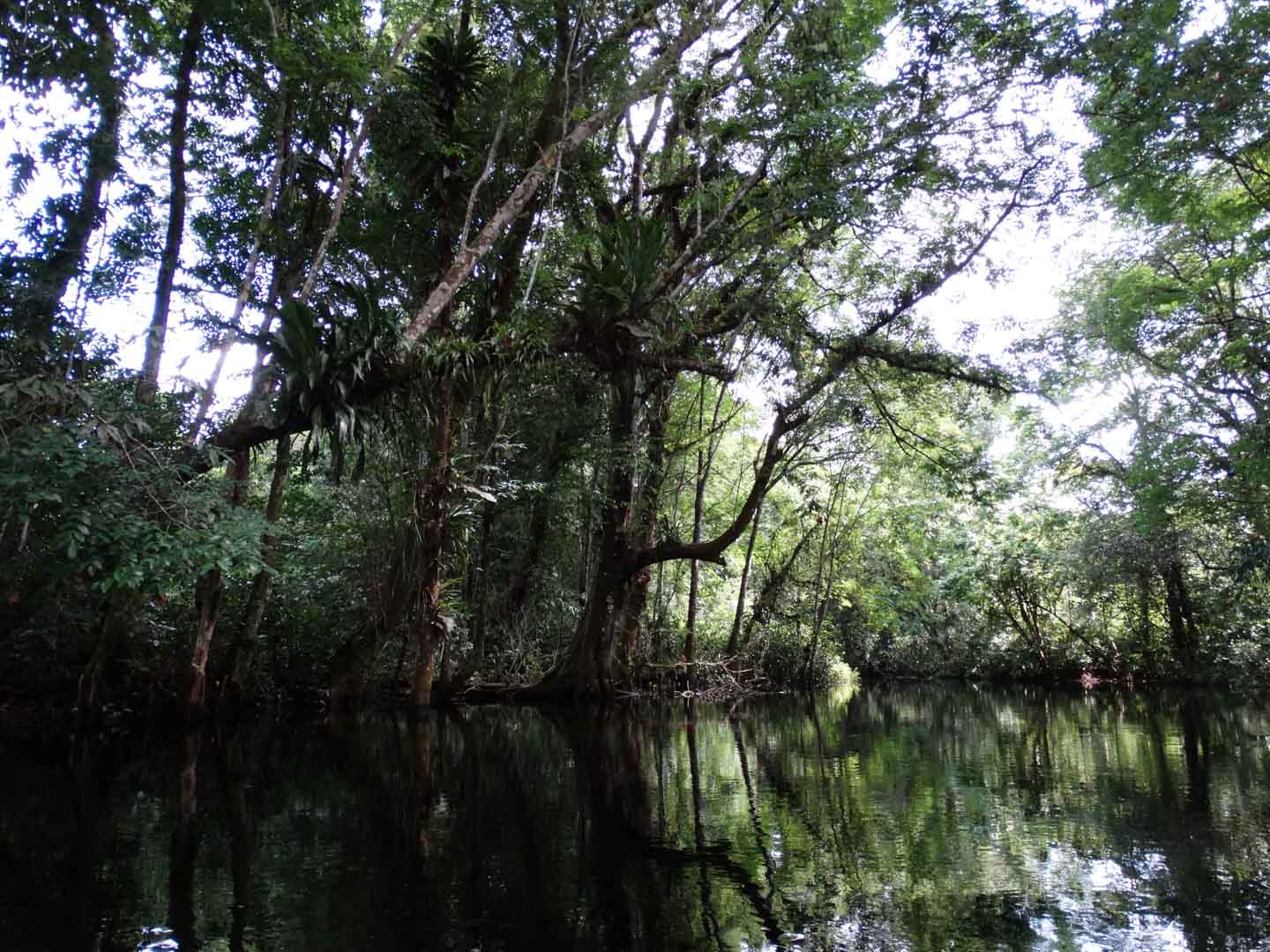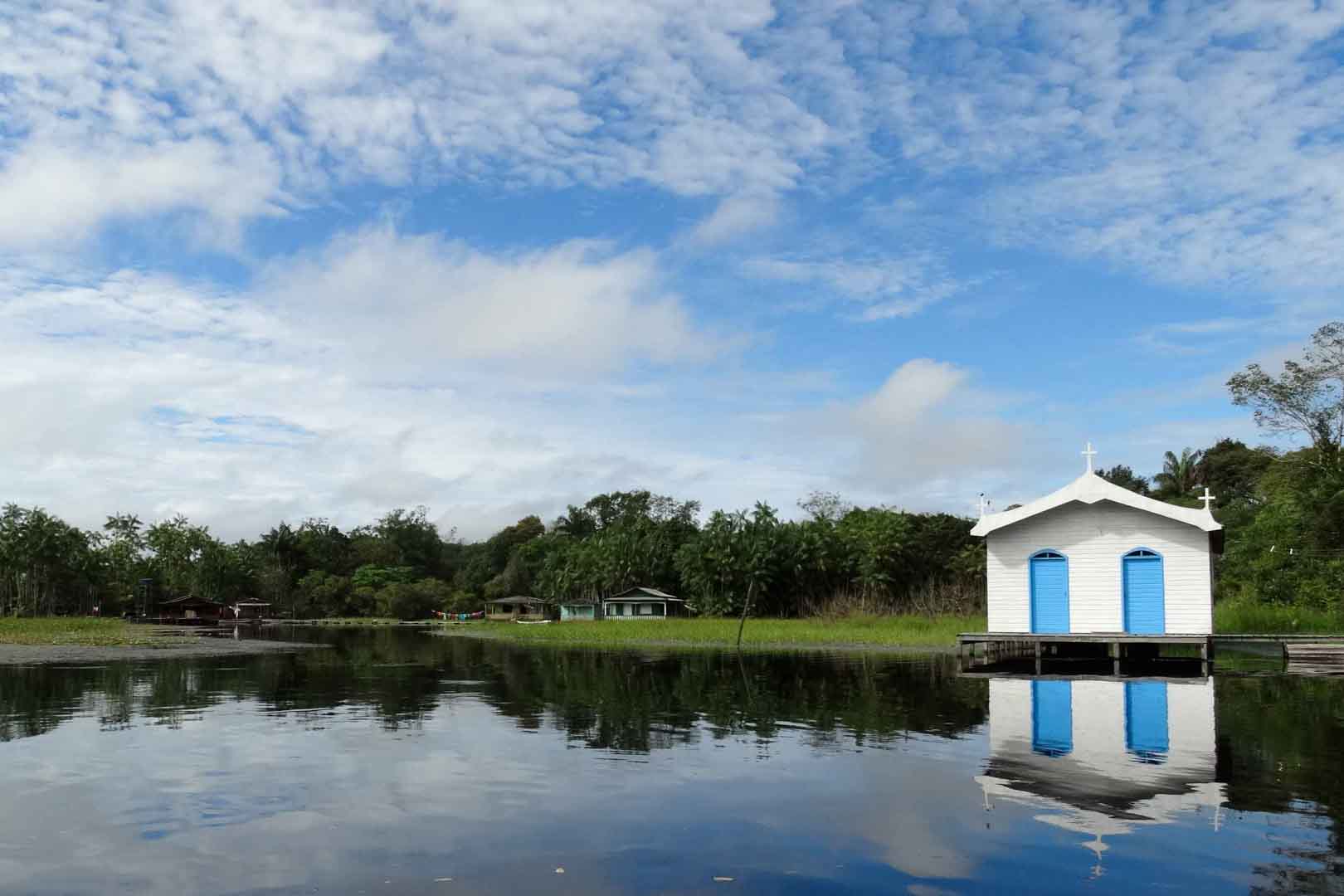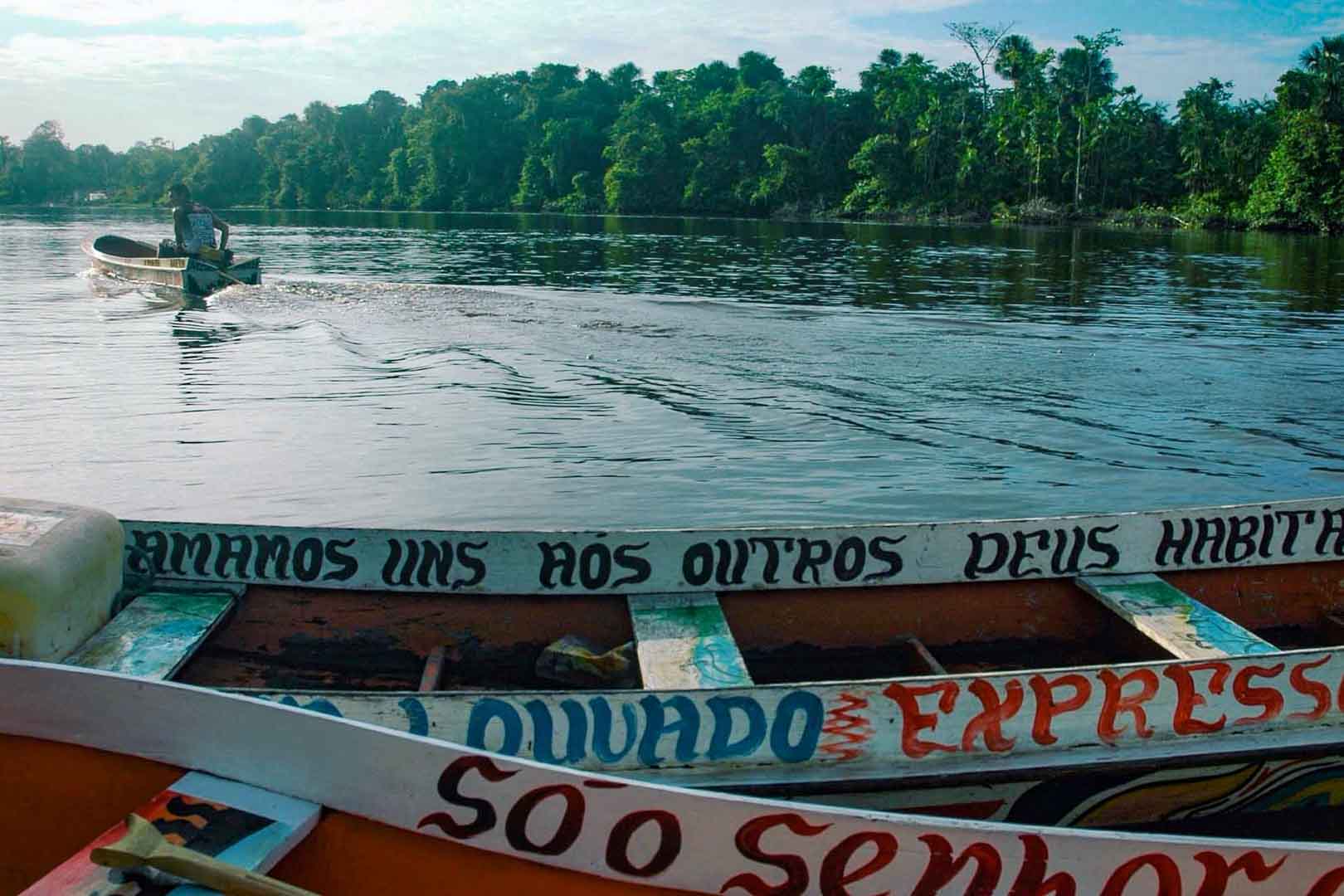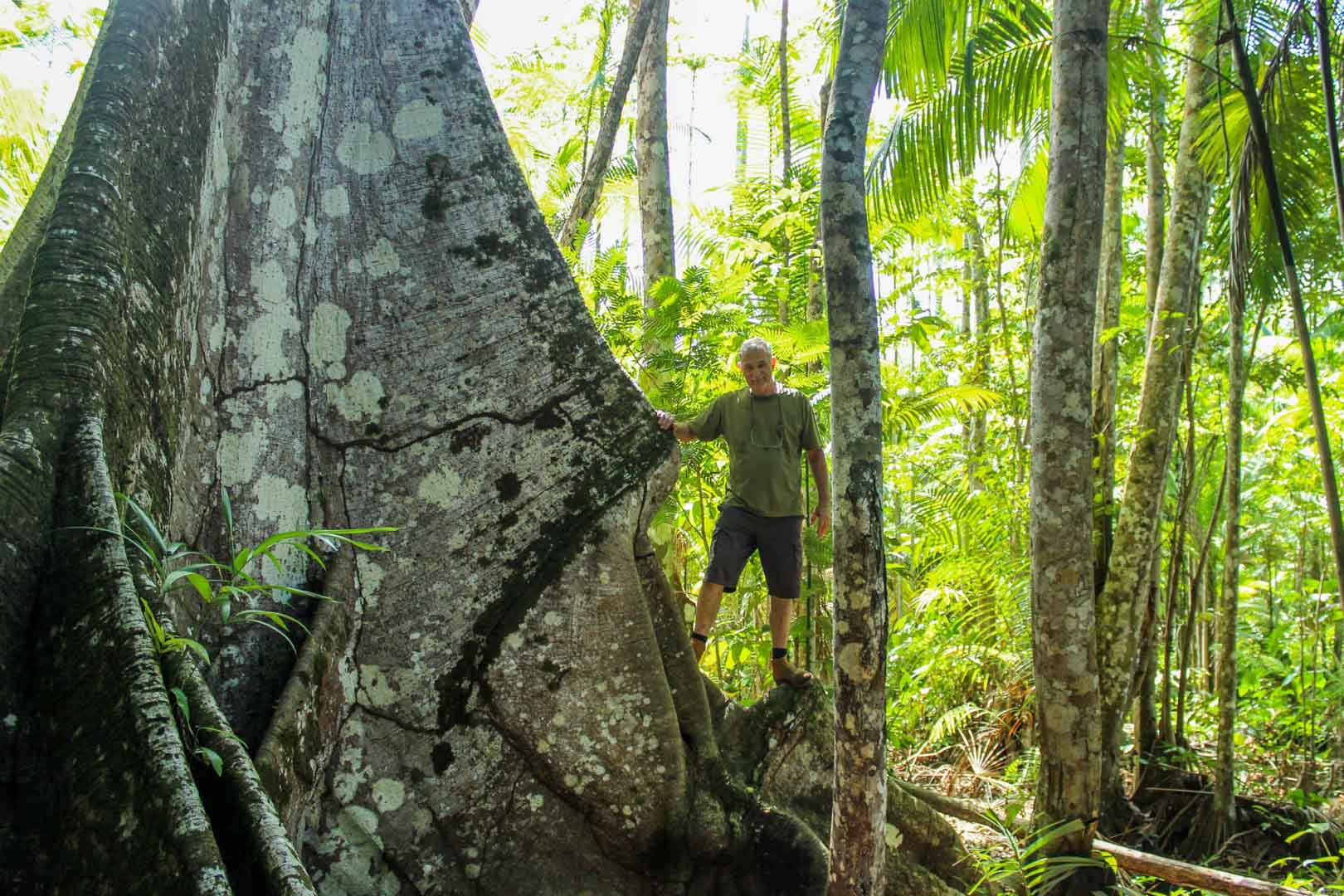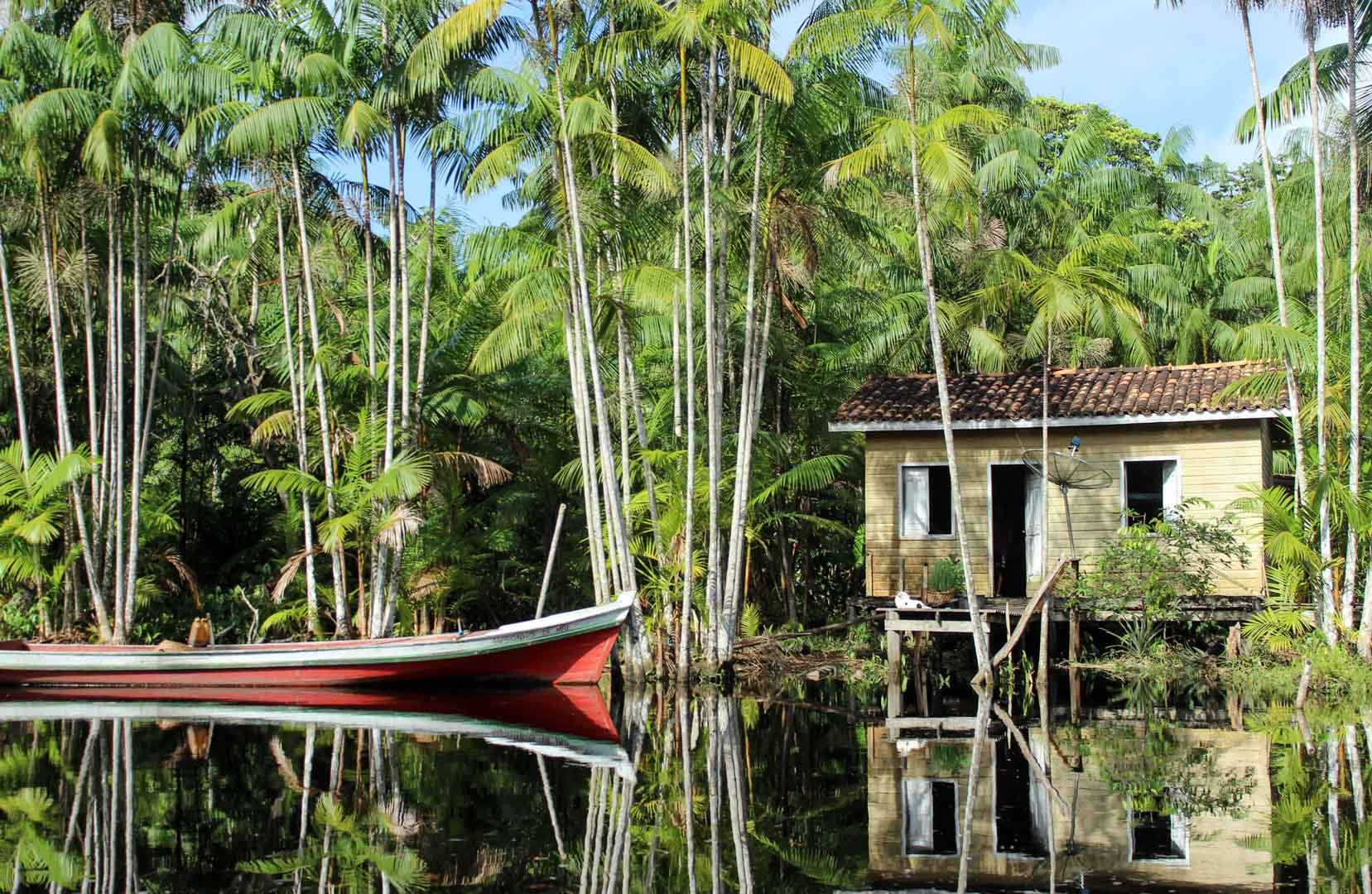Açaí, more than just a superfood for the Amazonians
It is a special and unique ecosystem, the "Várzea" in Pará on the Brazilian Amazon estuary. The island of Marajó is crossed by waterways, for centuries the landscape has been shaped by small farmers. As a transport artery, the Amazon favours agriculture and livestock breeding - which in turn results in more and more deforested areas.
On more than 97,000 hectares, the project protects the forest and prohibits commercial deforestation. It creates alternative sources of income for residential families, for example by trading the açaí fruit. This berry is not only popular in Brazil, but is also increasingly demanded as superfood in industrialized countries. Because the project promotes development in one of the poorest regions in northeastern Brazil, it is certified with the Verified Carbon Standard and the Social Carbon Standard.

Forests are not only among the planet's most important carbon reservoirs. They also are home to an enormous diversity of species and are the livelihood for all people. However, global forest areas have declined sharply in recent decades due to increasing settlement, agricultural use, illegal logging and mining.
Forest protection projects ensure that forests are preserved in the long term and that the protection of forests is given a higher value than their deforestation. Together with the local population, project participants protect the area from negative influences. To allow for this the projects create alternative sources of income and educational opportunities. Depending on the project region, forests store varying amounts of carbon per hectare. Particularly high amounts of carbon are stored in the vegetation and soil of tropical swamp forests, primary rainforests, or mangroves. Forest protection projects in the ClimatePartner portfolio are registered with international standards.
Explore our projects
Biochar for Climate Action, Healthy Soils, and Better Harvests

A certified climate project combined with additional commitment

Expansion of renewable energy generation in Asia

Ceramic water filters save CO2 and improve health

Improved cookstoves worldwide – for better health and cleaner air

A certified climate project combined with additional commitment

Powering access to renewable energy in Africa

A certified climate project combined with additional commitment

Restored ecosystems remove carbon

Turning degraded farmlands into healthy ecosystems

Improved cookstoves - better for health and the environment
